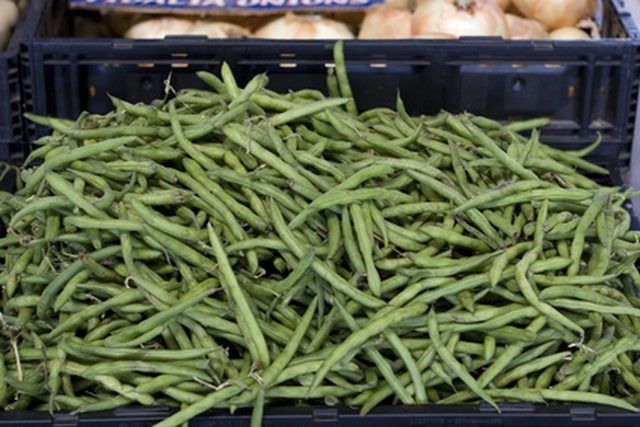Bulbs
Flower Basics
Flower Beds & Specialty Gardens
Flower Garden
Garden Furniture
Garden Gnomes
Garden Seeds
Garden Sheds
Garden Statues
Garden Tools & Supplies
Gardening Basics
Green & Organic
Groundcovers & Vines
Growing Annuals
Growing Basil
Growing Beans
Growing Berries
Growing Blueberries
Growing Cactus
Growing Corn
Growing Cotton
Growing Edibles
Growing Flowers
Growing Garlic
Growing Grapes
Growing Grass
Growing Herbs
Growing Jasmine
Growing Mint
Growing Mushrooms
Orchids
Growing Peanuts
Growing Perennials
Growing Plants
Growing Rosemary
Growing Roses
Growing Strawberries
Growing Sunflowers
Growing Thyme
Growing Tomatoes
Growing Tulips
Growing Vegetables
Herb Basics
Herb Garden
Indoor Growing
Landscaping Basics
Landscaping Patios
Landscaping Plants
Landscaping Shrubs
Landscaping Trees
Landscaping Walks & Pathways
Lawn Basics
Lawn Maintenance
Lawn Mowers
Lawn Ornaments
Lawn Planting
Lawn Tools
Outdoor Growing
Overall Landscape Planning
Pests, Weeds & Problems
Plant Basics
Rock Garden
Rose Garden
Shrubs
Soil
Specialty Gardens
Trees
Vegetable Garden
Yard Maintenance
When to Plant String Beans in North Carolina
When to Plant String Beans in North Carolina. String beans, more commonly called "snap beans" today, are a frost-tender vegetable crop that is most easily planted in mid spring in North Carolina. Provide a fertile, moist and well-draining soil in a location that receives at least eight hours of direct sunlight daily.

String beans, more commonly called "snap beans" today, are a frost-tender vegetable crop that is most easily planted in mid spring in North Carolina. Provide a fertile, moist and well-draining soil in a location that receives at least eight hours of direct sunlight daily.
Geography
The Tarheel State is generally discussed as three garden regions: the western mountains, the Piedmont, and the coastal plain. The mountains have the coldest winters, with the last spring frosts occurring as late as April 25 through May 5, after May 15 on the highest peaks in Avery County. The rolling foothills and woodlands of the Piedmont are at lower elevations and last spring frosts happen between April 10 and 20. The lowland plains in the far eastern counties enjoy the mildest winter and earliest spring; last frost occur between March 26 and April 10.
Time Frame
String beans are sown as seeds in North Carolina in spring immediately after the last expected spring frost date. According to "Month-by-Month Gardening in the Carolinas," the soil temperature at the 2-inch depth needs to be at least 50 degrees F. According to North Carolina State University Extension, string beans are sown around April 15 in the central Piedmont and higher elevations of the coastal plain,
Soil Conditions
Two weeks prior to the last expected spring frost date in your area, till the vegetable garden soil to a depth of 8 to 12 inches. Add 2 to 5 inches of organic matter like compost or well-rotted manure and incorporate it thoroughly. Allow the freshly tilled soil to naturally settle and warm in the sun prior to seed sowing after the threat of frost ends.
Fall Planting
String beans may also be sown again in mid August in the Piedmont and late August across the coastal plain. The plants mature in the warm weather across September and produce pods for harvest up until killing frosts anytime from mid October to mid November.